Jared Polis and Michael Johnston, two Democratic candidates for governor, pledge to make sure it happens

Helen H. Richardson, Denver Post file
The
National Renewable Energy Laboratory’s National Wind Technology Center
operates at the base of the foothills just south of Boulder.Take climate change. Two candidates, Congressman Jared Polis and former state Sen. Michael Johnston, highlight on their websites the startling pledge to make Colorado the first state to transition to 100 percent renewable energy — by 2040.
And both insist they will do this while reducing utility bills.
Is this promise — full green energy with lower bills by 2040 — plausible? Is it feasible even with draconian government mandates?
Not with current technology, it isn’t — and both candidates know it. They tell me they’re counting on continued, steady decline in the cost of wind and solar as well as — and this is actually more critical and more problematic — breakthroughs in energy storage technology.
The goal would be uniquely ambitious among states. The closest now is Hawaii, according to the National Conference of State Legislatures, which has mandated 70 percent renewable energy by 2040 and 100 percent by 2045 — the final 25 percent in five years!
Among large states, only California and New York have adopted even a 50 percent mandate, although for 2030.
Colorado law requires renewable energy to equal 30 percent of electricity produced by investor-owned utilities by 2020 — a goal Xcel Energy is poised to surpass. But the task will get radically more difficult as utilities close in on 100 percent. As the MIT Technology Review explained recently, “The established view among energy researchers” is that a full transition, “particularly getting the last 20 percent or so of the way there, would be prohibitively expensive using existing technologies. One of the key missing pieces is affordable grid-scale storage that can efficiently power vast areas for extended periods when wind and solar sources aren’t available.”
Colorado has been fortunate that its push into renewables since 2004 occurred largely at a time of plummeting natural gas prices and impressive advances in wind and solar technology. But not every state got off easy. California’s stampede into renewable energy has contributed, according to the Los Angeles Times, to electricity rates rising “faster than in the rest of the U.S.” Indeed, “Californians now pay about 50 percent more than the national average.”
Wind and solar do provide competitively priced energy these days (with significant subsidies). Together with a huge contribution from natural gas, they’ve helped reduce coal’s share of power generation. But someone has to pay for new investments and solve distribution issues, not to mention supply backup power when wind and solar are loafing.
Just last month, 21 prestigious researchers (several with ties to institutions in Boulder) published in the Proceedings of the National Academy of Sciences a sharp rebuttal to an influential 2015 paper that is regularly cited as demonstrating that the nation could move entirely to renewable energy, including transportation, by 2055. The rebuttal cited numerous errors and fantastic assumptions regarding such inputs as available hydropower and cost of capital.
Although these researchers themselves are in most cases proponents of renewable energy, they felt compelled to voice objection to what they see as misleading claims. “The fear is that legislation will mandate goals that can’t be achieved with available technologies at reasonable prices,” the MIT Technology Review also reported. That could lead to “wildly unrealistic expectations” and “massive misallocation of resources,” said David Victor, an energy policy researcher at the University of California, San Diego. “That is both harmful to the economy, and creates the seeds of a backlash.”
The scholarly dispute is directly relevant to the Colorado proposals. In Polis’ “white paper” on renewables, he claims it will “save consumers 10 percent on energy costs,” citing data from the Solutions Project. That’s the brainchild of actor Mark Ruffalo and Josh Fox, the anti-fracking filmmaker who regaled viewers with phony claims regarding the cause of a fiery faucet in Weld County, among other falsehoods. They recruited the technical expertise of Stanford scientist Mark Jacobson, who happens to be lead author of the same 2015 study on renewable energy that turns out to be fundamentally flawed.
Are Jacobson-inspired estimates of consumer savings and job creation for the Solutions Project likely to be any more credible?
Jacobson also was co-author of a 2013 report outlining how New York state could supposedly transition to 100 percent clean energy by 2030. However, a close look by Bloomberg News revealed the state “would need about $382 billion and wind turbines covering an area equivalent to 13 percent of the state’s land mass” to follow the blueprint.
Johnston told me he too consulted Jacobson’s work, although he also mentioned the Sierra Club, NREL, and even Xcel Energy as among his other sources.
Significantly, although Polis lists a number of concrete steps he would take to push renewable energy, he does not mention a statutory mandate of 100 percent.
“I do not include the kind of top-down approach that you are asking about,” Polis said by email. “There are no hard mandates, and my concern about hard mandates is that unless there was language that protected consumers they could lead to rate increases. And if there was language that protected consumers and provided an ‘out’ from the mandate then the mandate wouldn’t mean much. Thus my proposal is bottom-up and market driven.”
Polis acknowledges that current storage technology is inadequate, but says his projection is “based upon assumptions that both storage technology and renewable generation technology will continue to increase efficiency at similar rates to the historic rates of the last decade.”
Johnston is banking on the same technological progress, although he favors requiring utilities to meet “benchmarks” on the road to 2040. And he promises his own white paper by month’s end providing fuller details.
Tremendous progress on storage is critical given how wind and solar energy fluctuate day to day. But such storage is still in its infant stages, even if Tesla CEO Elon Musk recently did pledge to build a 100-megawatt storage system in South Australia for a wind farm there — by far the largest such battery system in the world. If it’s a success, utility scale energy storage may finally be on the distant horizon.
But suppose that’s true. Replacing current infrastructure would still be an immensely complex, costly proposition. Xcel owns coal units in Colorado with a “net dependable capacity” of 2,516 megawatts of power (1 megawatt can service roughly 750 homes), and natural gas plants with about the same capacity, according to company documents. Ratepayers almost always foot the bill for new investments and will do so with storage technology, too. A massive, crash transition over a relatively few years could easily end up spiking utility bills if regulators and politicians aren’t careful.
If Democrats sweep to power in Colorado in what has the makings of a good year for them in 2018, hiking the current renewable mandate of 30 percent will be high on their agenda. The debates will be driven by concern over climate change, but any attempt to position Colorado as the national leader in renewable energy needs to include consumer protection, too.
Because no one actually knows what technology will look like in 23 years.
To send a letter to the editor about this article, submit online or check out our guidelines for how to submit by e-mail or mail.
Fonte: Denver Post
Curta nossa página no Facebook!








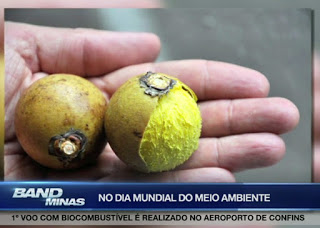
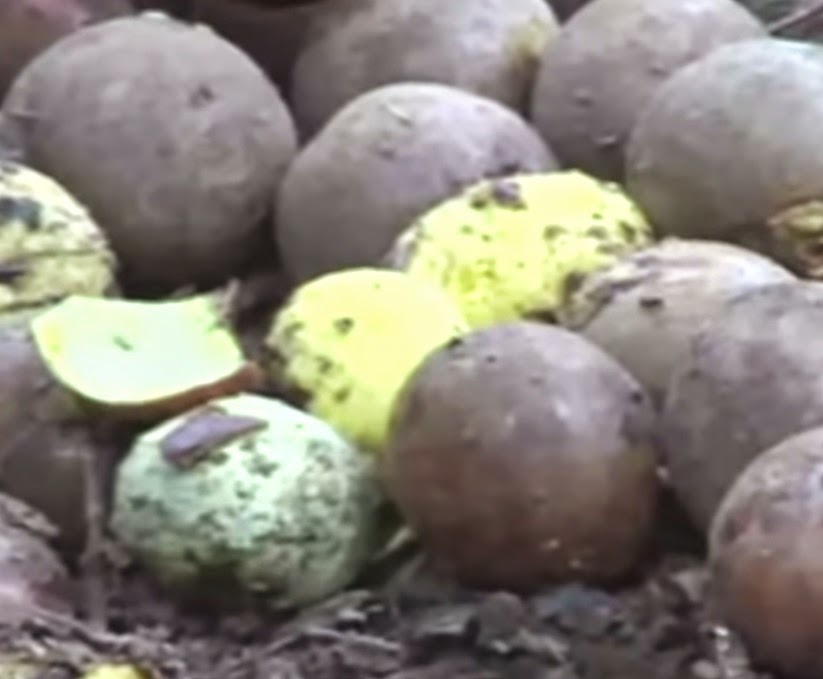
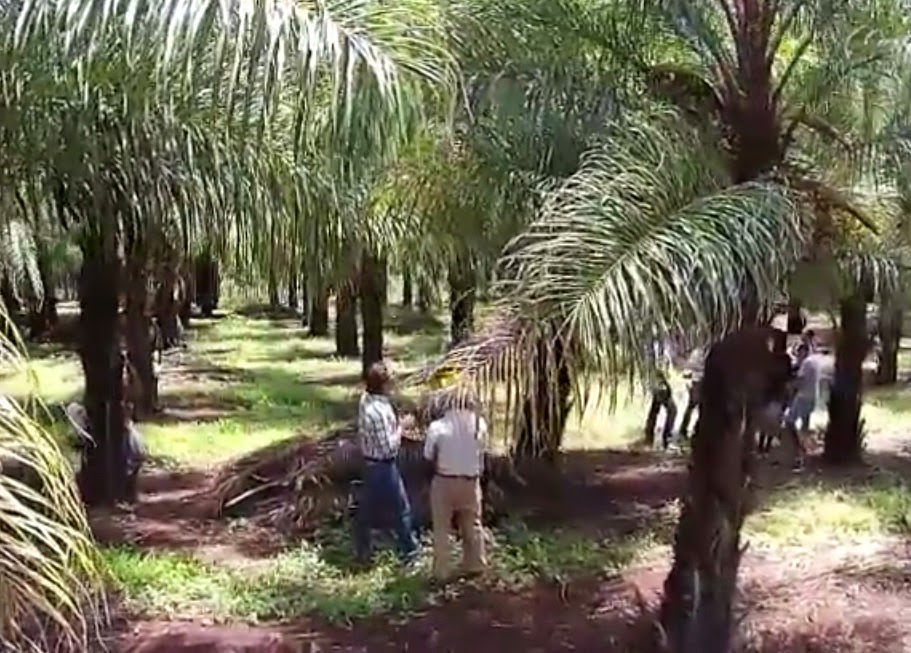

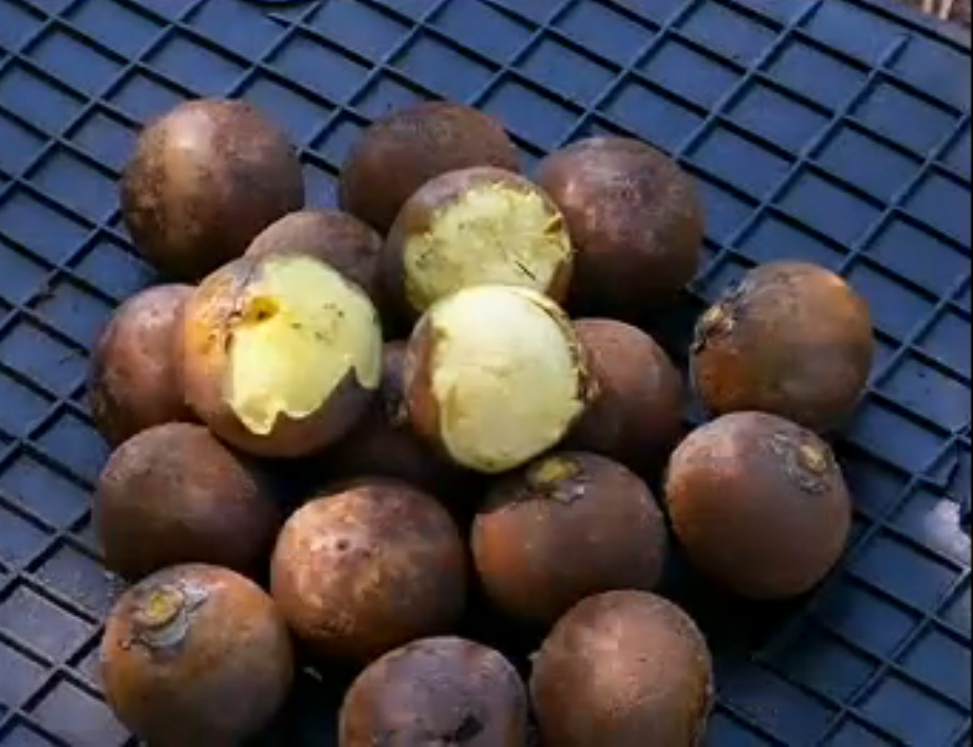
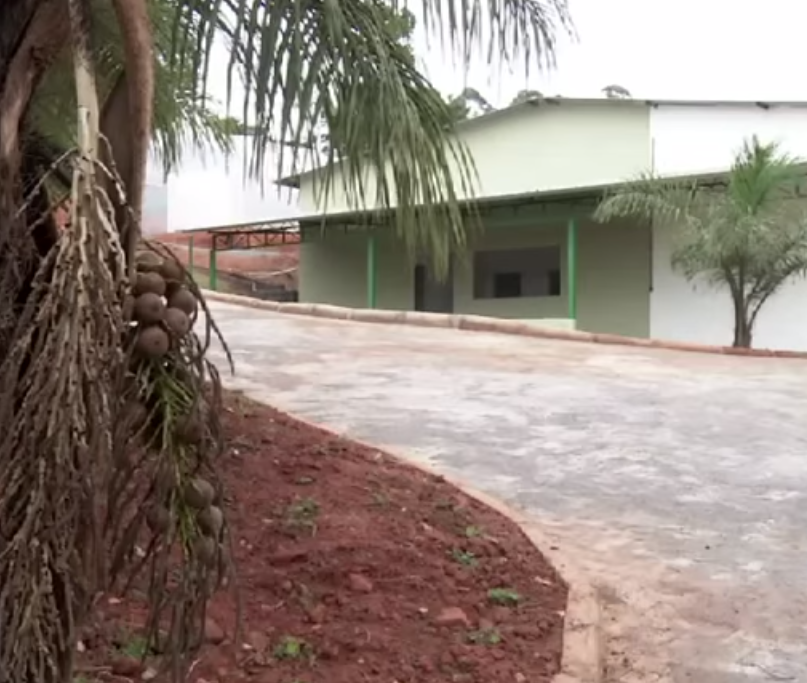
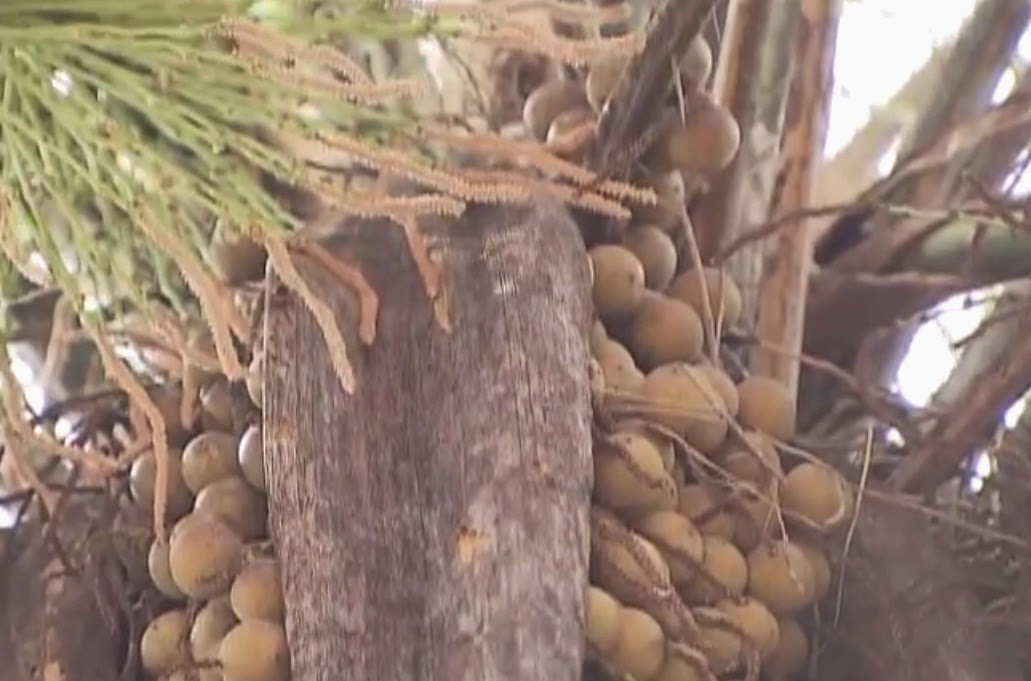
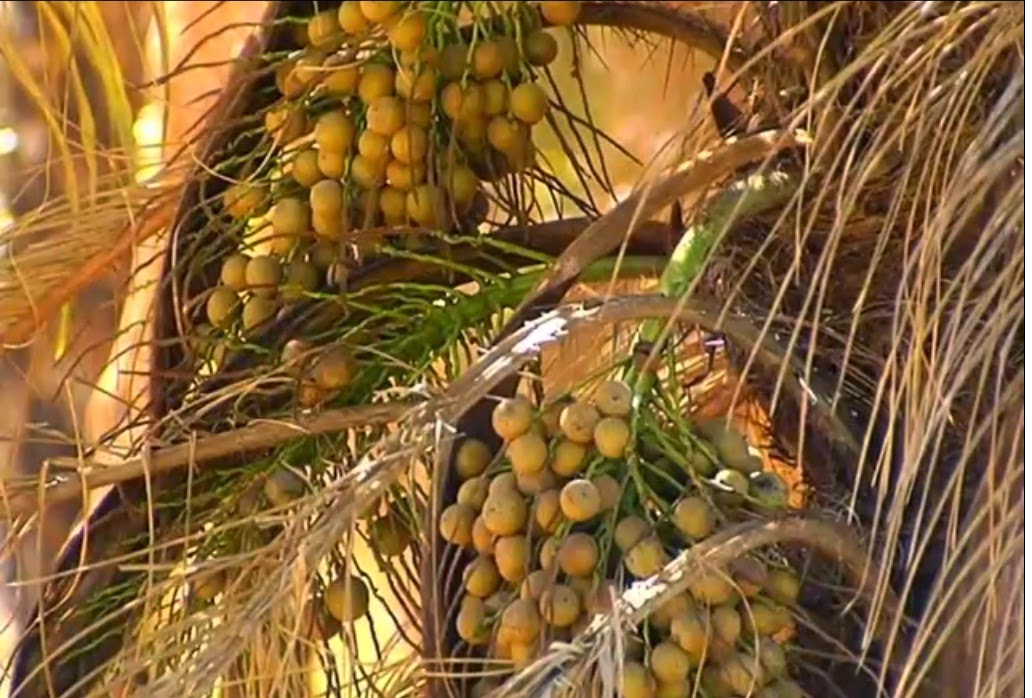



0 comentários
Agradecemos seu comentário! Volte sempre :)